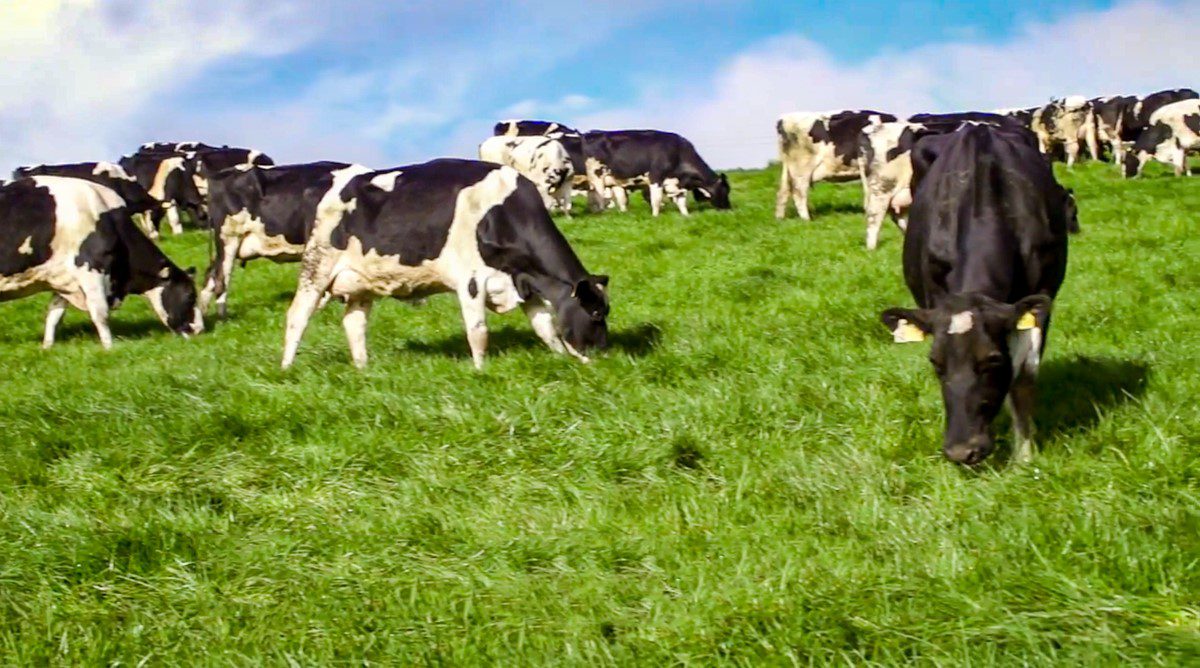As we enter into the latter stages of the breeding season for spring calving herds, it is vitally important to pick up any repeats in order to minimise the number of empty cows in your herd.
It has not been an easy breeding season for dairy farmers as many have found it difficult to maintain energy requirements over the last number of weeks with poor quality grass and poor growth rates.
Traditionally, the industry standard in spring calving systems is a breeding season length of 12 weeks, however in recent years, there has been a push to shorten this even more to achieve a compact calving.
It has been observed that farmers with excellent submission rates and good fertility to achieve high conception rates have been able to shorten their mating season to nine to 11 weeks.
The target of a compact six week calving rate is crucial for a spring calving system, as it allows cows to get get out to grass as soon as possibly and ultimately match their energy demand to the grass growth curve.
The target should be to have 90% of the herd calved in the first six weeks of the calving season to really take advantage of the early spring grass.
Breeding season
Extending the breeding season beyond the 12 weeks will increase the number of cows in-calf at the end of breeding, but, it will lengthen the calving season in 2025.
Your late calving cows will consequently have shorter lactations if they are dried off before Christmas with the rest of the herd.
In order to achieve a longer lactation, and to make return on investment for putting the cow in calf in the first place, the late calving cow will have to be milked for much of the winter.
To avoid this from happening, there needs to be a serious effort made in the last few weeks of the 12 week breeding window to get any of the cows that are not yet submitted back in calf.
This is not going to happen without a bit of work, as good heat detection is going to be required in order to pick up on any cow in heat.
Wrapping up the season
Getting your breeding season wrapped up as soon as possible while getting as many cows back in calf is crucial for your farm profitability.
The removal of late calvers, cows calving down early and ensuring a shorter calving interval will have a positive impact on farm profitability.
The knock-on affect of this is that your calf value will be increased as late calves will be valued lower and are associated with having more health problems.
Additionally, late calving cows will not have a lot of time (approximately four weeks) to recover before breeding next year, which will hinder their chances of going back in-calf.
If a herd has a high proportion of late-calving cows, there are two options:
- Do not breed these cows and replace with an early-calved heifer in 2024;
- Shorten the breeding season incrementally over a number of years (one week per year).
Even though heifers will have lower output in their first lactation, early calving will see them produce as much as a late-calving cow dried early, according to Teagasc dairy specialist, Stuart Childs.
This option is worth considering given the likely availability of high-quality, early-calving heifers next year that will have less health and lameness issues which will decrease costs on the farm.
